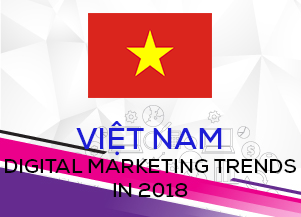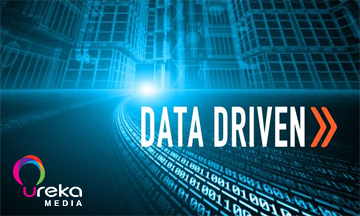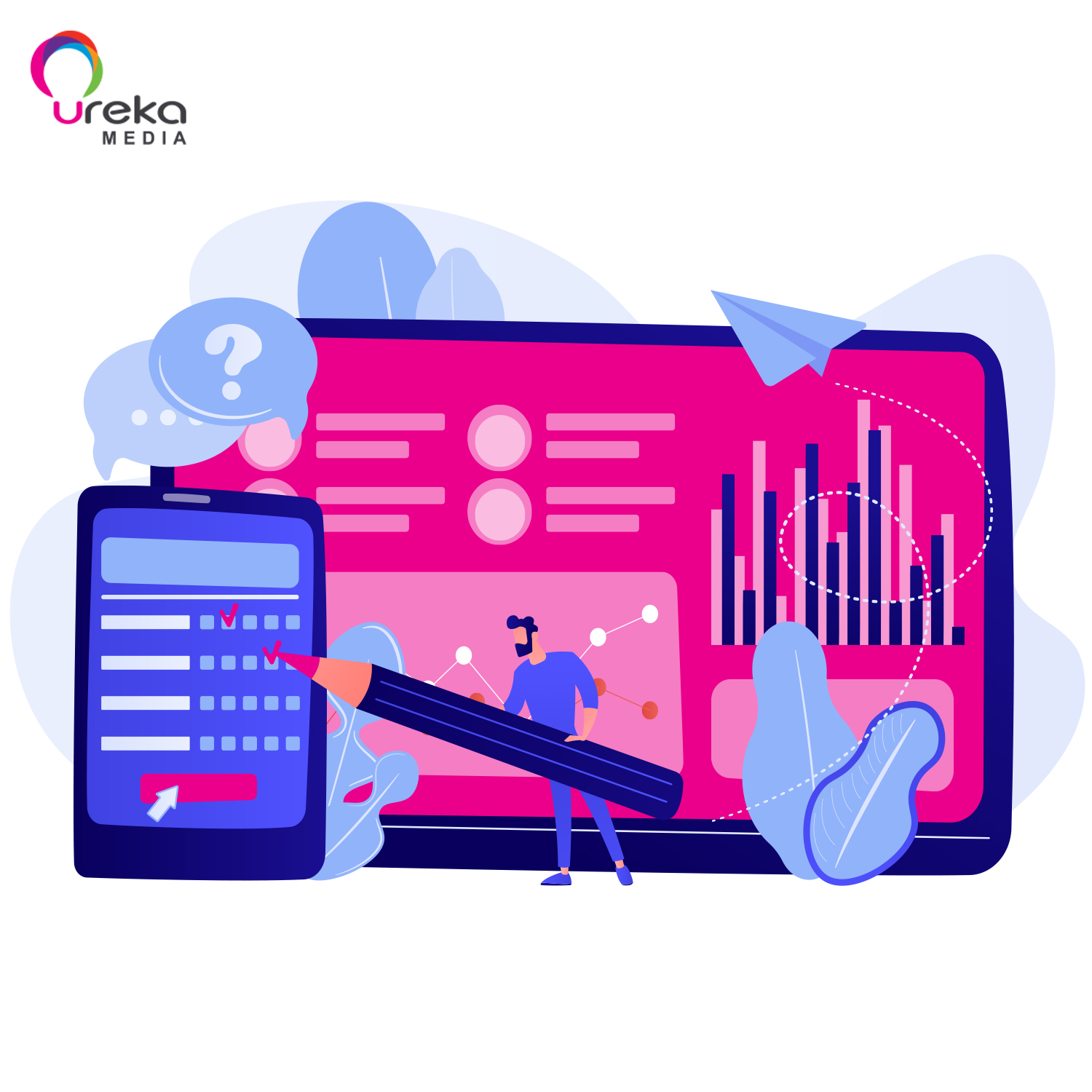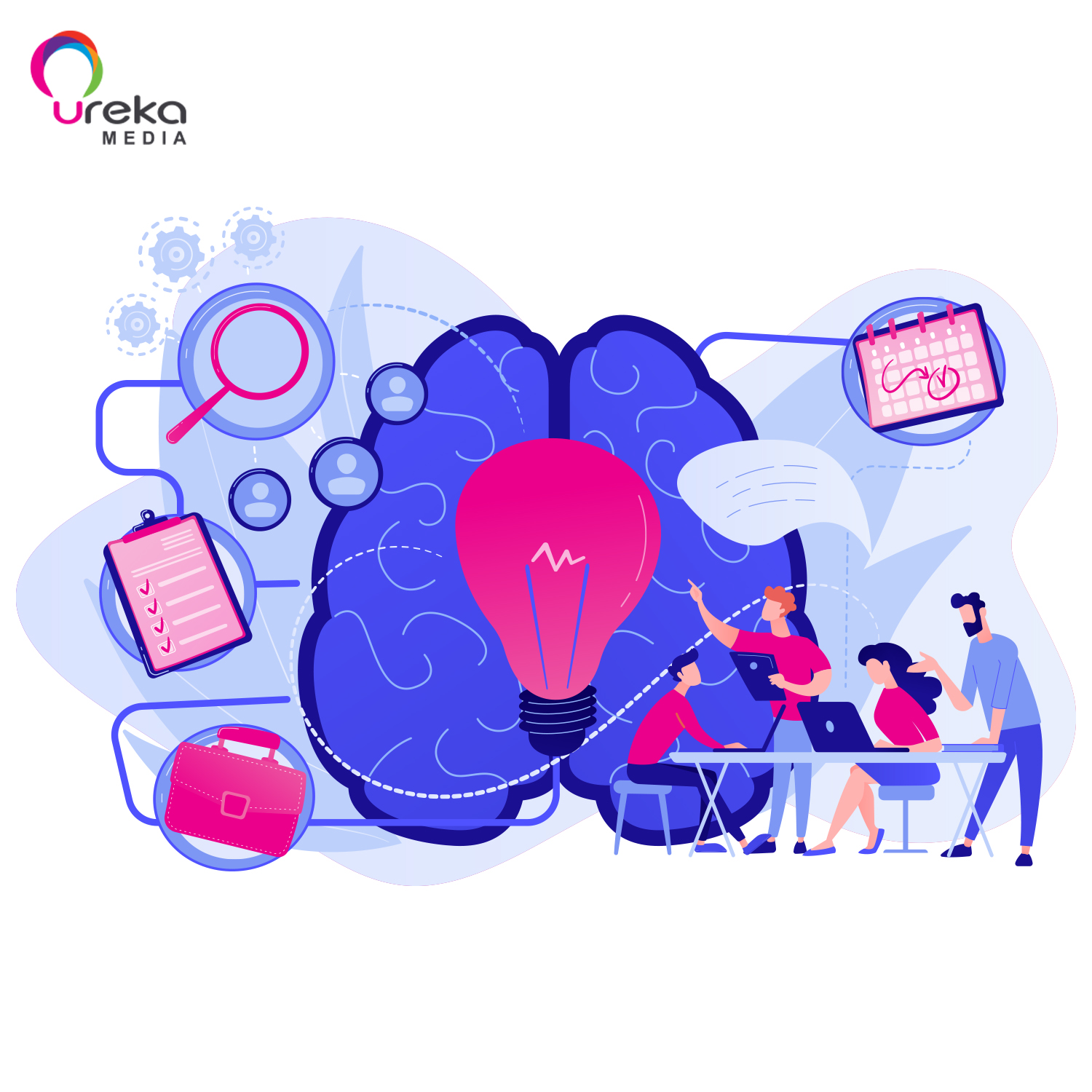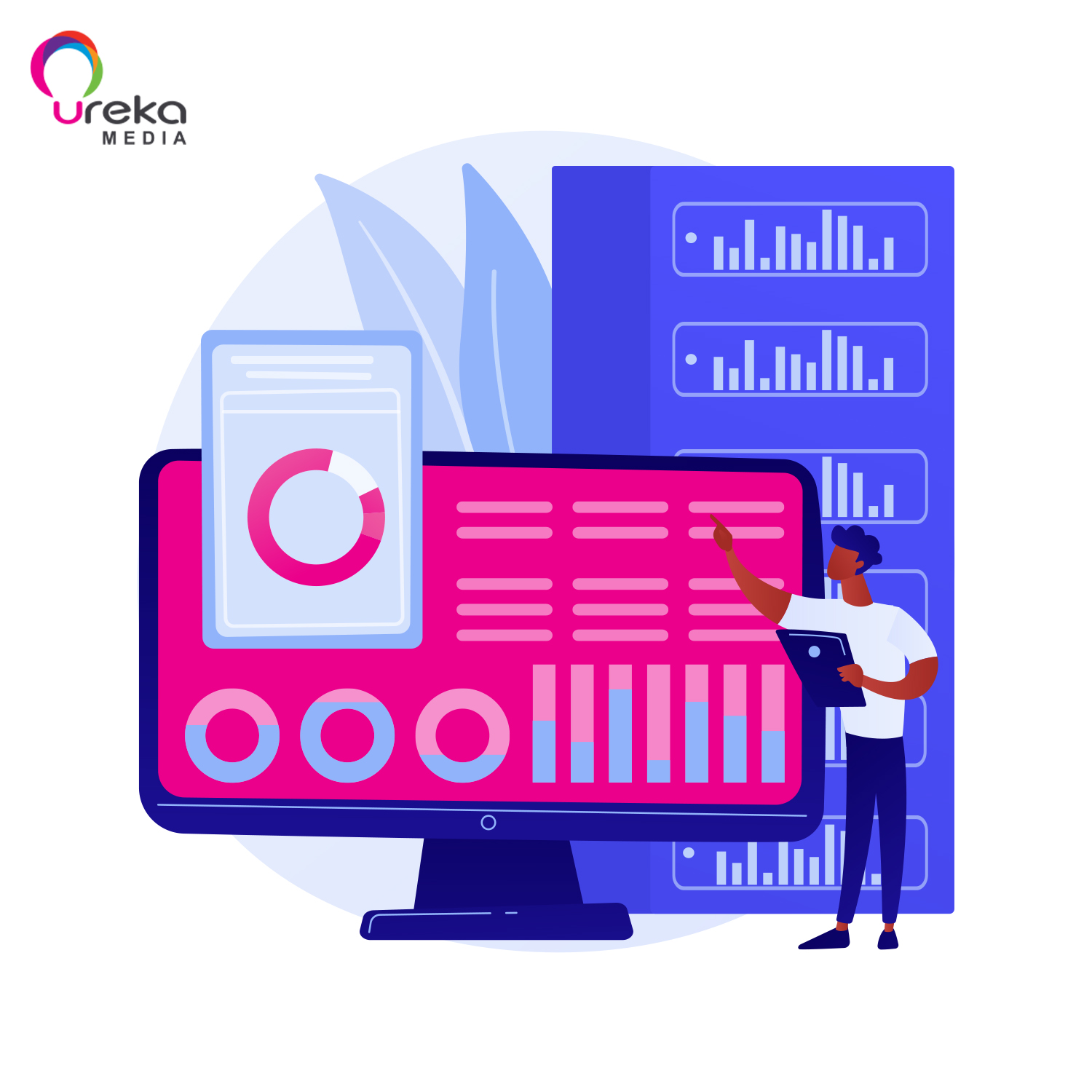


Make people SEE and REMEMBER the brand



Get people to UNDERSTAND and
WANT the brand



Change people's BEHAVIOR and
get them to CONVERT



Take care of people to CONVERT OFTEN and
ADVOCATE the brand
U News
[PERFORMANCE BASED ADS] APPLICATIONS OF ARTIFICIAL INTELLIGENCE IN MARKETING: CONSUMER INSIGHTS
APPLICATIONS OF ARTIFICIAL INTELLIGENCE IN MARKETING: CONSUMER INSIGHTS
This is one post in a series on Artificial Intelligence’s implications on marketing, analytics, and you. We will cover a definition of AI, what it means for marketers, marketing applications, and how to implement AI technology in your company.

AI for Consumer Insights
Marketers need to understand buyer behaviors, motivations, and expectations in order to serve relevant messages.
Because consumers’ digital trail can be collected and analyzed, we can get much deeper than audience demographics and down into consumer psychographics.
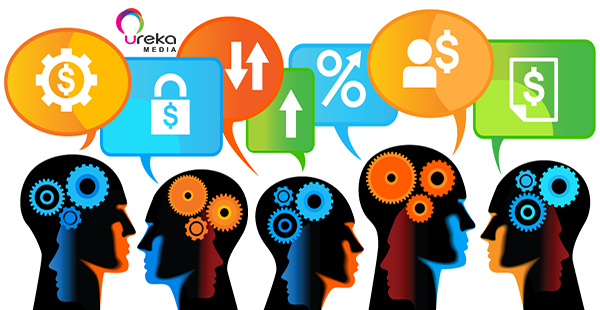
Artificial intelligence can look at behavior on a much more granular level and predict what a consumer will do next based on their past actions. It can draw conclusions between certain types of people to anticipate their next move, motivations and desires.
If all the people in one group did A, B, then C, we can predict that other consumers who do both A and B will likely follow with C.
This is how computers and advertising platforms create “lookalike” audiences. Users who have previously engaged with a brand, including customer lists, can provide data to help find other consumers with the same behaviors.
[blockquote]Instead of creating a messages aimed at a mass market, or even at a very targeted group, AI is leading to markets of one individual.[/blockquote]
In the past, we looked at demographics because they are a good indicator of general behavior, and that data was easily available. For instance, urban men and women between 18 and 40 years old, with expendable income would be categorized as Starbucks patrons. Dunkin Donuts customers, on the other hand, are generally more suburban, less technically-savvy, and skew older.
Now, we know that psychographics are a much better indicator of motivations, needs, and purchase behavior.
For example, two 30-year-old, urban, middle-class white men with identical backgrounds don’t necessarily spend money on the same things. One may prefer to spend on shoes while the other would rather take vacations.
Marketers can uncover that information about their target consumers in moments with the help of AI.
By looking at audience behavior, AI systems find out the interests, context, hedonistic activities around users and products. And the system automatically adapts with evolving consumer behaviors and interests.
Case Study: Target Learns Teen is Pregnant Before Her Father Does
After analyzing historical data on customer purchase behavior, Target uncovered a connection between the purchase of unscented lotion and dietary supplements with being pregnant. When shoppers start buying those items, Target sends them offers related to pregnancy and baby items. A man outside of Minneapolis complained to a store manager after his teenage daughter received similar coupons. He later apologized, explaining his daughter was, in fact, pregnant.
Source: Erin O'Bannon từ trang meetcortex.com
Recent Post


